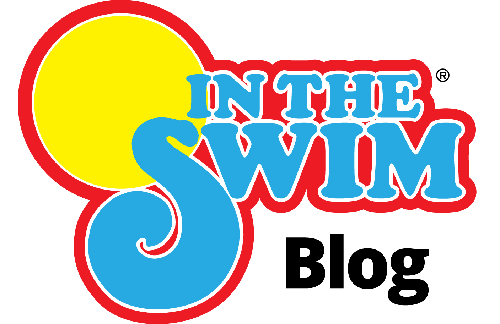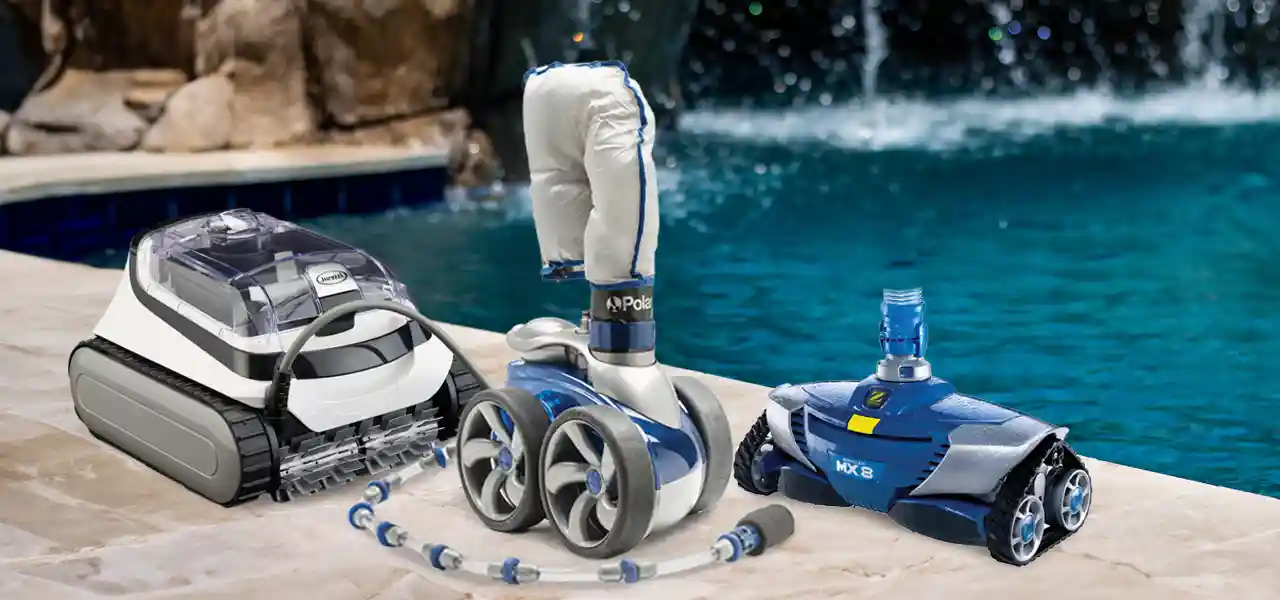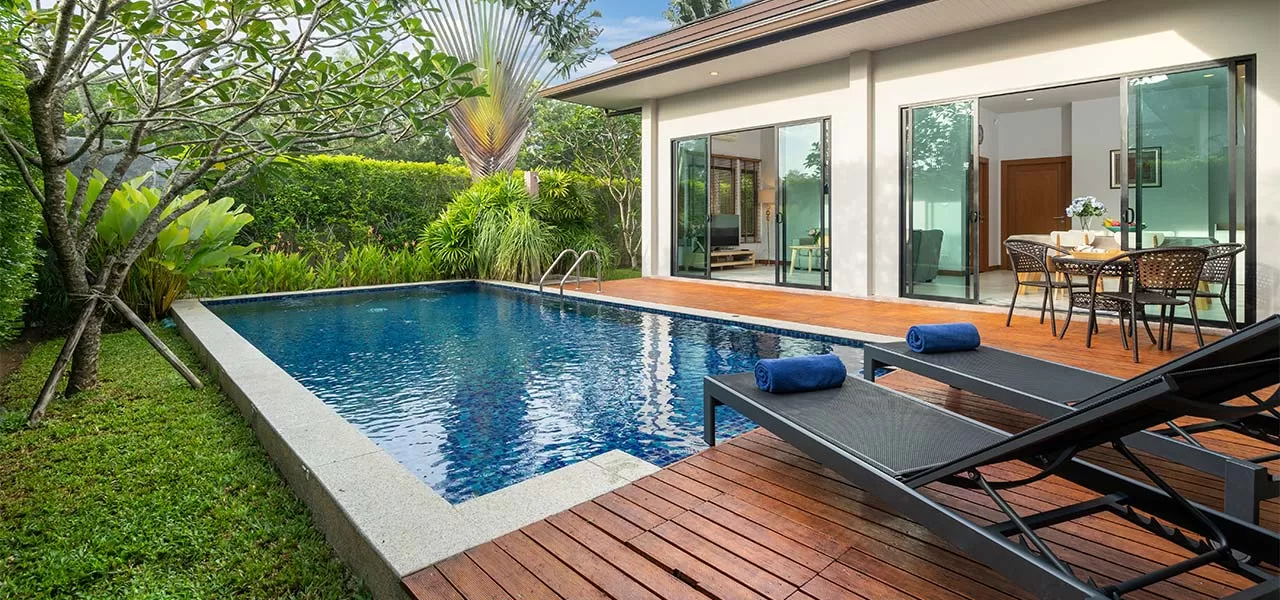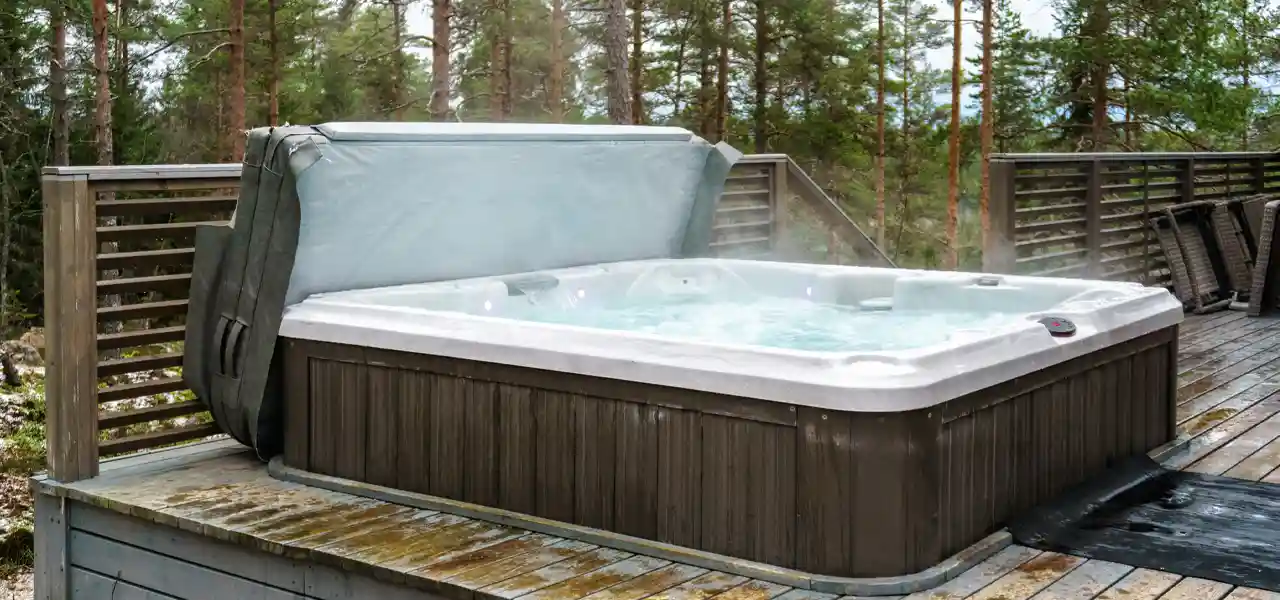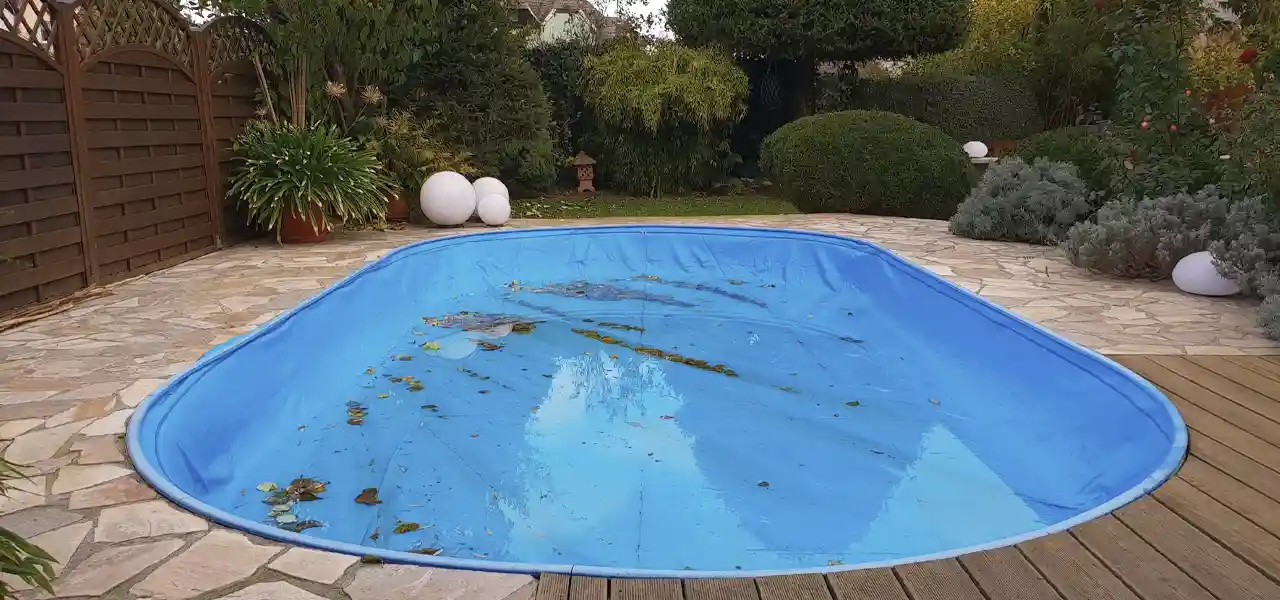Owning a pool offers a refreshing escape and a relaxing retreat right in your backyard. However, keeping it clean and inviting requires regular maintenance, with vacuuming being one of the most time-consuming tasks. If you find that cleaning cuts into your enjoyment, it may be time to invest in an automatic pool cleaner. With a variety of options available, finding the right one can seem daunting. This guide will walk you through the different types of automatic pool cleaners, their benefits, and the factors you should consider to make an informed choice.
Above Ground vs. Inground Automatic Pool Cleaners
When selecting a pool cleaner, the first question to ask is whether your pool is above ground or inground. Inground pool cleaners typically feature longer hoses and cords to accommodate larger surface areas, and can clean walls and sloped floors. Above ground pool cleaners, on the other hand, are often designed for vinyl, flat-bottomed pools, and have shorter hoses and cords. Understanding these distinctions will help you focus on options that best suit your pool’s specific setup.
Factors to Consider

Every pool is unique, and various factors can influence which cleaner is best for you:
- Cleaner line: Determine if your pool has a dedicated cleaner line or whether it relies on pressure or suction from your existing system.
- Filter quality: Suction cleaners benefit from a large and efficient filter to handle the additional debris load.
- Pump size: If using a suction cleaner, ensure that your pump has sufficient horsepower to operate it effectively.
- Debris levels: If your pool is in a windy area or surrounded by trees, a cleaner capable of handling heavy debris is ideal.
- Pool shape and size: The contours, depth, and surface type of your pool may require specific types of cleaners for optimal performance.
Understanding your pool’s specific characteristics will help you make a more informed decision. Read on to find out which type of cleaner — robotic, suction side, or pressure side — might be best for your pool.
Robotic Pool Cleaners
Robotic cleaners are stand-alone devices that operate independently of your pool’s pump and filter system, which reduces wear on your equipment. Plug them in, place them in the pool, and they handle the rest! These cleaners are often considered the most advanced and convenient option available. Often featuring dual, or even quad, scrubbing brushes, robotic pool cleaners can tackle even the dirtiest pools.
Not to mention, because they run independently of your pump and filter, they’re extremely energy-efficient. Upgrading to a robotic pool cleaner can save pool owners up to 80% on annual energy costs.
Pros
- Independent operation
- High-efficiency filtration
- Programmable and advanced navigation
- Energy-efficient
Cons
- Higher upfront cost
- Requires regular basket cleaning
Popular Models
Suction Side Pool Cleaners
Suction side cleaners are a popular and budget-friendly choice. These cleaners connect to your pool’s skimmer and use the pump’s powerful suction for movement. As they travel around the pool, they capture debris and direct it to the pump basket. Suction side cleaners are known for their simplicity and efficiency.
However, their simplicity also means limited debris capacity and basic cleaning abilities. Unlike robotic cleaners, which vacuum debris and scrub the pool’s surfaces, suction side cleaners can only vacuum small particles. Additionally, suction cleaners rely on the pool’s filtration system, increasing wear and tear on the pump and filter. More frequent filter cleaning may be required.
Pros
- Affordability
- Simplicity
- Effective for light debris
Cons
- Added strain on pool pump and filter
- Limited debris capacity
- Less suitable for uneven surfaces
Popular Models
Pressure Side Pool Cleaners
Pressure side cleaners use the water pressure from the pool’s return line for movement. These cleaners are ideal for pools with significant debris, as they often come with larger, separate debris bags. This feature prevents debris from building up inside the filter, which reduces how often you need to clean or backwash the filter.
Another perk of pressure side cleaners is that they tend to cover more surface area than suction side cleaners, like the walls and steps. However, one major downfall of this type of cleaner is that certain models require a separate booster pump to function. These pumps typically cost around $400–$550, depending on the model needed.
Pros
- Handle larger debris
- Reduce load on pool filter
- Good for pool walls and floors
Cons
- Higher initial cost
- Some models require a booster pump
- More moving parts
Popular Models
Selecting the Best Automatic Pool Cleaner for Your Pool
When considering an automatic pool cleaner, choose based on your pool’s individual requirements. For pools with heavy debris, a pressure side cleaner with a booster pump may be best. If convenience and superior cleaning are priorities, a robotic cleaner is ideal. Suction side cleaners provide an affordable and effective option for budget-conscious pool owners. Additionally, consider factors such as pool type, debris load, and budget to choose a cleaner that can keep your pool consistently clean.
